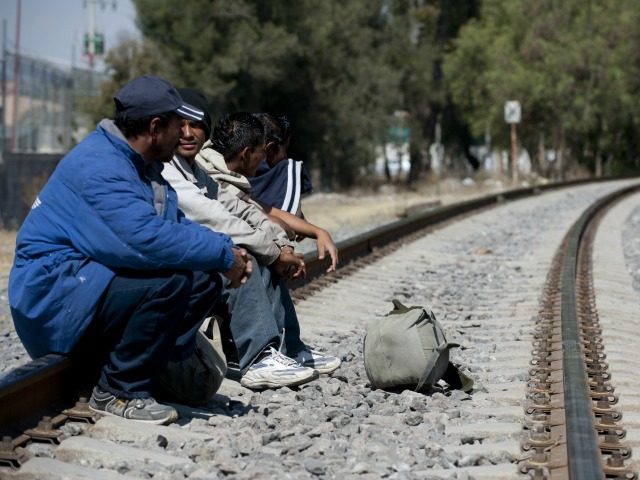President Donald Trump’s enforcement of the nation’s immigration laws has almost stopped the migration of poor Hondurans towards the United States, says a New York Times report.
An unhappy coyote complained about the loss of business:
Marcos, a migrant smuggler based near San Pedro Sula, said that last year he had taken one or two groups each month from Honduras to the United States border. Since Mr. Trump’s inauguration, however, he has had only one client. He blames Mr. Trump.
“People think he’s going to kick everyone out of the country,” Marcos said, asking that his full name not be published because of the illegal nature of his work. “Almost nobody’s going.”
The New York Times worries that Trump’s decision to improve border security is another American imposition on the unfortunate Central American country;
Experts in the region warn that the decline in migration could put additional pressure on Central American countries, increasing competition for work, which is already in short supply, and potentially driving more people into the criminal gangs that have terrorized the region.
That is a new perspective from the progressive, pro-immigration newspaper, which usually argues that Americans gain when more workers migrate into the United States to predictably cause “increased competition for work” among Americans and that migrants commit fewer crimes than Americans.
However, the New York Times admits that Hondurans are trying to respond rationally to the shifting incentives caused by the cessation of former President Barack Obama’s lax rules on border security:
“Every day, it’s on the news” here in Honduras, Roberto said, asking that his last name not be used because he planned to sneak into Mexico illegally. “People are being deported every day.”
He chuckled uncomfortably at the thought of paying a lot of money to a smuggler to reach the United States, only to be detained and deported once he got there. “Imagine paying and losing everything,” he said.
Despite this win for Trump’s pro-American policies, illegal immigration from Honduras and Central America is only a very small part of the annual flow of imported labor into the United States.
In 2016, illegal immigration into the United States reached roughly 500,000. Roughly half of the new illegals are “overstays” who arrived legally as tourists, students or business travelers, but who overstayed their temporary visas.
The federal government’s immigration-economics strategy also imports roughly 1 million legal immigrants each year, plus roughly 1 million foreign temporary workers, even as 4 million young Americans join the workforce. The immigrants reduce the cost of labor for business groups, but they also increase the number of consumers for retailers, farmers, real-estate owners, and many other businesses.
Overall, the American population is 313 million. That number includes roughly 32 million legal immigrants, but it excludes the roughly 11 million illegal immigrants said to be living in the United States. Roughly 3 percent, or 350,000, of those illegals are from Honduras.
The U.S. workforce is roughly 152 million, plus roughly 8 million working illegal immigrants. Several million “prime-age” American men and women have dropped out of the workforce into poverty since 2008.
Many polls show that Americans are very generous, they do welcome individual immigrants, and they do want to like the idea of immigration. But the same polls also show that most Americans are increasingly worried that large-scale immigration will change their country and disadvantage themselves and their children.
This flood of foreign labor spikes profits and stock values by cutting salaries for manual and skilled labor offered by blue-collar and white-collar employees. It also drives up real estate prices, reduces high-tech investment, increases state and local tax burdens, hurts kids’ schools and college education, and sidelines marginalized Americans and their families.
Read the New York Times article here.

COMMENTS
Please let us know if you're having issues with commenting.